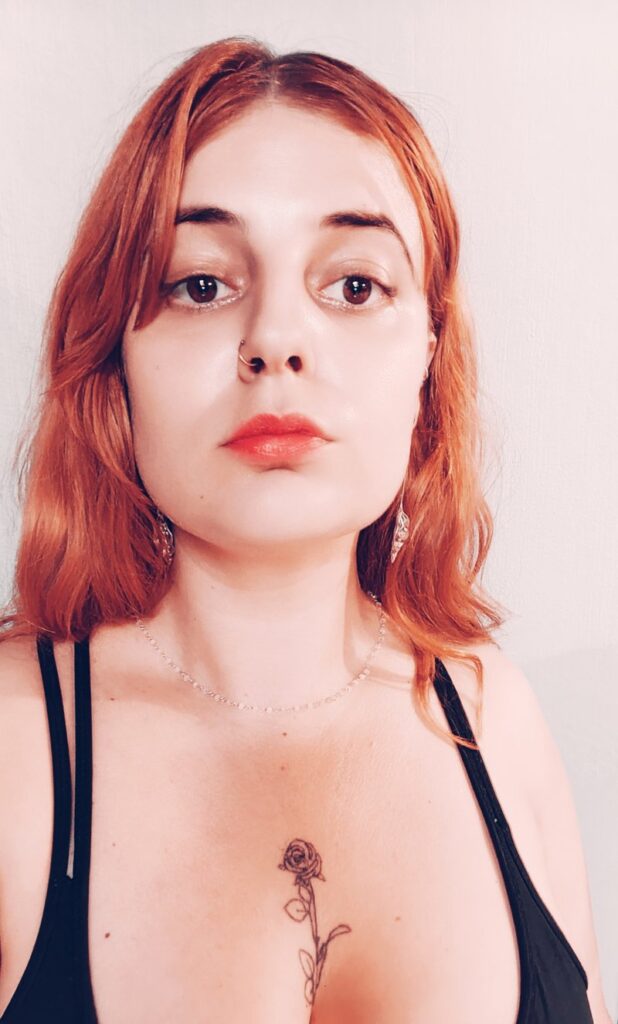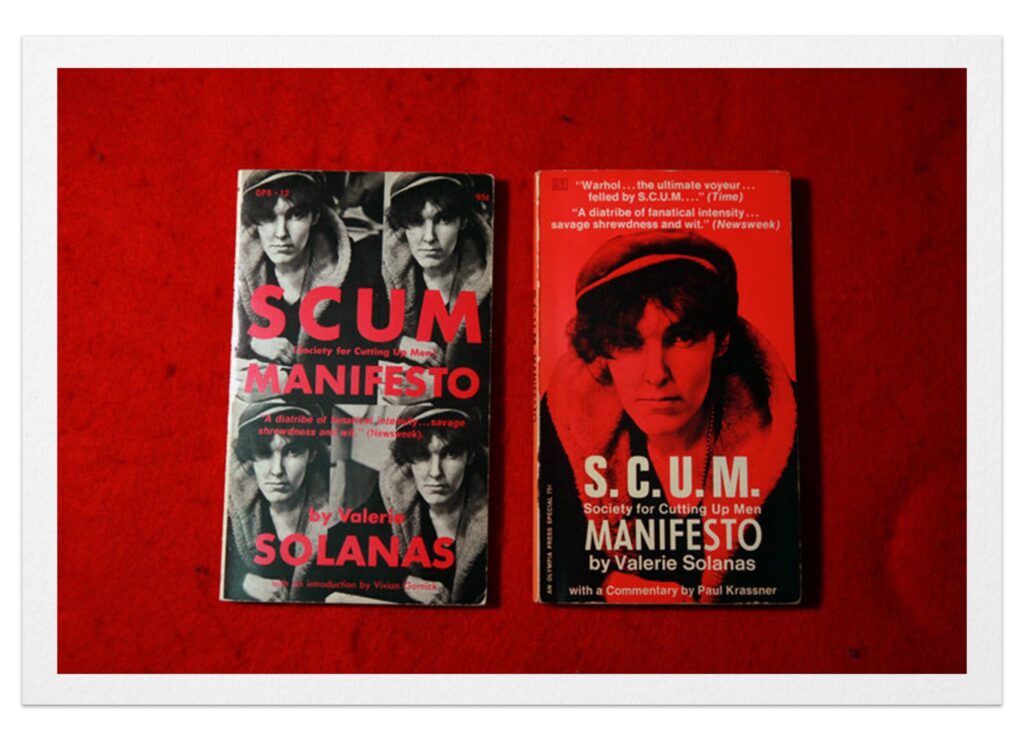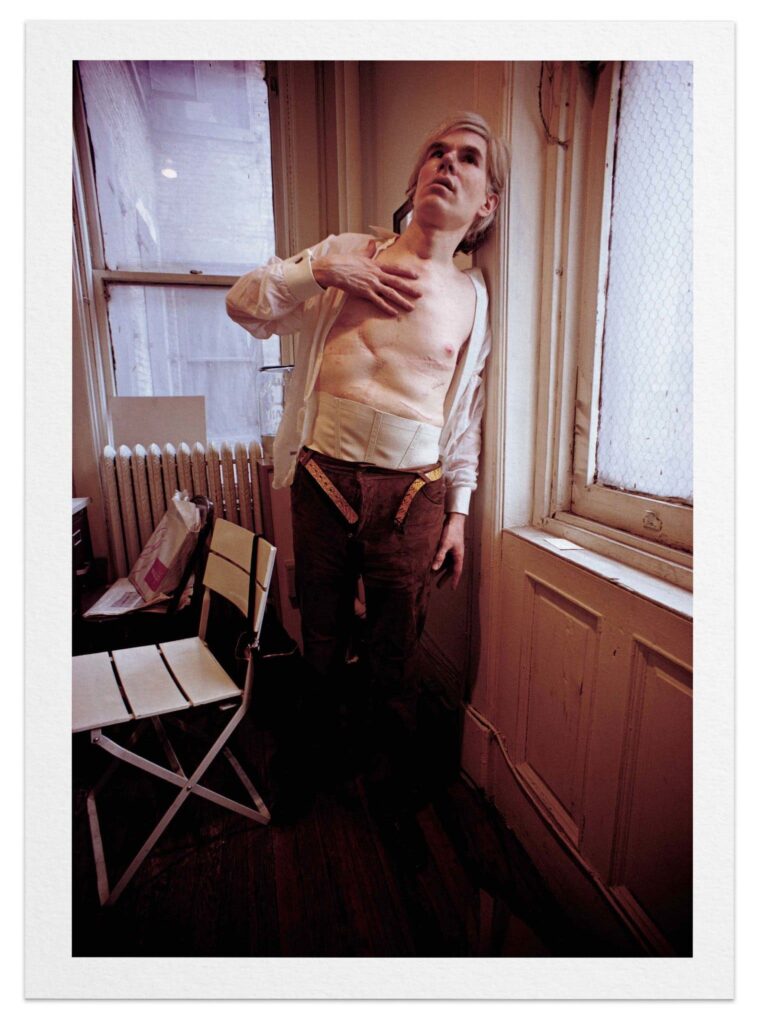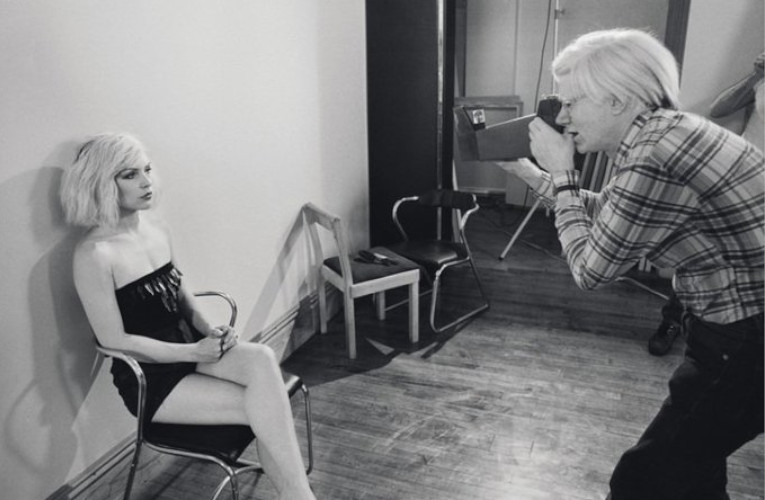Defending of Warhol’s shooter feminist writer Valerie Solanas
By Joy Greyling

As Warhol’s fame transcended life and even after his untimely demise, his name holds currency decades after his death, he is still a house hold name among artists and art lovers alike. Warhol’s claim to fame is a difficult thing to argue. Was he famous for his pop portraits and soup can reproductions? Was he famous for his art studio, The Factory and its inhouse “underground” films of New York’s most beautiful, desired, talented and elite? Or was it his magazine, Interview and the various versions of self-absorbed book narratives published in his lifetime? Regardless, what is known is that Andy Warhol valued beauty, old money and fame.

On the 3rd of June 1968, feminist writer Valerie Solanas made her way to The Factory, later named The Office by Warhol. Solanas drew a gun, art critic Mario Amaya caught in the gun fire, got shot in his hip. Warhol was on the phone, she fired three shots directed at him. The third bullet would penetrate his spleen, stomach, liver, oesophagus and lungs. Warhol would suffer from his injuries in relation to this event for the rest of his life both physically and mentally, and would later succumb as a result of complications related to Valerie’s actions. After Valerie committed this violence she turned herself in to the authorities. She was charged with attempted murder, assault and the illegal possession of a firearm.
The case of Valerie Solanas is difficult to unpack. Her actions were, according to her, motivated by the fact that Andy had wronged her. She claimed that he had stolen a feminist manuscript from her that the artist himself would claim, he lost. What further complicates this case, is that Solanas suffered from schizophrenia and that the incident was considered a mental health related episode, a form of hysteria. Solanas did jail time for actions committed while in psychosis.

Was this a fair punishment? Should her mental stability have been taken into account more upon her final sentencing? Why would Andy’s actions so anger her that she would come to the conclusion that she had to take his life? The answers to these questions I believe, can be found through the analysis of accounts of Andy Warhol by those who knew him and of course the extensive trail of narcissistic self-documentation the artist published (including personal phone transcripts). Who was he really? What was his moral character like? How did he treat people? How did he treat those who worked for him and those who starred in his “underground” films? Would Andy steal intellectual property? Let us scratch below the surface. For me this is both a moral and ethical dilemma. Take a journey with me to an art capital in the 1960s and 70s, Soho, New York.
The Andy Warhol Diaries was published in 1989, originally spanning 20 000 pages, it obsessively documented the day to day happenings at The Factory. It was edited down to just over a thousand. It is a compilation of entries Andy had made about everything. Every significant and insignificant detail: financial expenses, where he went, who he saw, where he partied and a lot of celebrity gossip. The most telling aspect about this publication is the immense self-importance that Warhol carried seeping from the pages. The most valuable part of this book lay for me in its introduction written by a former assistant of Warhol, Pat Hackett.
SCUM MANIFESTO
Directed by Carole Roussopoulos, Delphine Seyrig
France, 1976
Image Cred: Mubi.com

In her introduction she expresses many telling, incriminating, and contradictory notions about the famed popist. Particularly interesting was her words on Valerie’s attempt at murder. It is simply described as such, “…after he was shot [Andy] and nearly killed by a woman who had appeared for a moment in his ‘underground’ movies” (my own emphasis).Valerie, the feminist writer becomes a side note, she is not named, just identified as a woman, further the nature, extent and involvement she had with Warhol is obscured and expressed as simply a “moment”. It is as though, Pat Hackett, deliberately writes Solanas out of the historical account.
This act of silencing cannot solely be attributed to Hackett. After the incident Solanas had become reduced to mere tabloid headlines, which brought attention to her writing. Of particular interest was the SCUM manifesto – a document which is still read in certain gender studies courses. It is important to note that there are various factors at play into why this happened to Valerie. She was an extreme, radical feminist, ironically not seeing herself as such, she openly despised feminists. What is certain is that her work was a very hefty example of misandry, advocating for the end of men as a gender, entirely.
SCUM opens with a call to arms for her newly formed coalition movement named – ‘the Society for Cutting Up Men’ and reads as follows:
“Life in this society being, at best, an utter bore and no aspect of society being at all relevant to women, there remains to civic – minded, responsible, thrill seeking females only to overthrow the government, eliminate the money system, institute complete automation and destroy the male sex.”

So what really happened between Solanas and Warhol? What has been written suggests the following. That Solanas wished for Warhol to act as a producer of her play, ‘Up Your Ass’ which she had given him a copy of. Andy found the script questionable even objectionable and “misplaced” the document.
Solanas would then meet with Maurice Girodias, a publisher from Olympia Press known for publishing controversial material such as Lolita by Vladimir Nabokov, in the hopes of getting her work published. Tragically, Valerie would over time become convinced that the two men were conspiring against her to nullify her voice and steal her message. This form of delusion can commonly be associated with a psychotic episode which is oftentimes characterised by delusions and sometimes, hallucinations.
When Valerie handed herself in to the authorities she stated that, “He (Warhol) had too much control over my life”. After the shooting, national attention was given to Solanas as her name was slammed all over newspapers across America – misspelling her name. However, she would gain notoriety as her SCUM manifesto sold out in the wake of media attention. Within feminist groups a fracturing occurred between those who supported Solanas and those who were opposed. Those who defended Solanas began holding her up as an icon of female rage. Her attempt at murder would become entangled in the larger narrative on gun violence as just a day later, Senator Robert F Kennedy was shot.

David Montgomery/Getty Images
Solanas, deemed unfit to stand trail was held under psychiatric evaluation at Elmhurst Hospital in Queens where she was diagnosed with paranoid schizophrenia. During her testing at the facility it was revealed that her intelligence scores placed within the 98th percentile. She was ultimately ruled as insane by the Supreme Court of the state of New York and spent monthsin psychiatric facilities. Upon her release, she decided to send a number of threats to both Warhol and Girodias leading to her arrest in 1969 and three years of incarceration.
Valerie’s story is in fact one of tragedy as she struggled with her mental stability most of her life resulting in her inability to maintain stable employment consequently leading to her final years spent destitute in Phoenix, Arizona. In a saddening twist of fate, her name was again misspelt in her death report which sited the cause of her death as pneumonia. She was found a number of days post her death implying that she did not have people that regularly checked in on her. This makes sense when looking into her past which is characterised by trauma, alienation and turbulence.

I would like to argue that the case of Warhol and Valerie is one that could be read in relation to gender based violence. Valerie, essentially, wanted to murder Warhol because he was a man, a man who stole her intellectual property. Yet, a psychic violence on a gender based level was committed onto Valerie Solanas, one in which she was deemed so unimportant that nobody bothered to check the spelling of her name, and she simply became the woman that shot Warhol.
.Joy Greyling is an Arts and Pop Culture writer who holds a Master of Fine Art Degree from Wits. She is also a researcher and Teacher.










